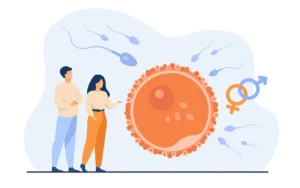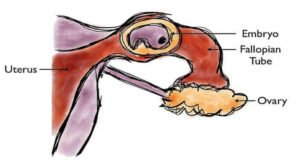
Oocyte Grading
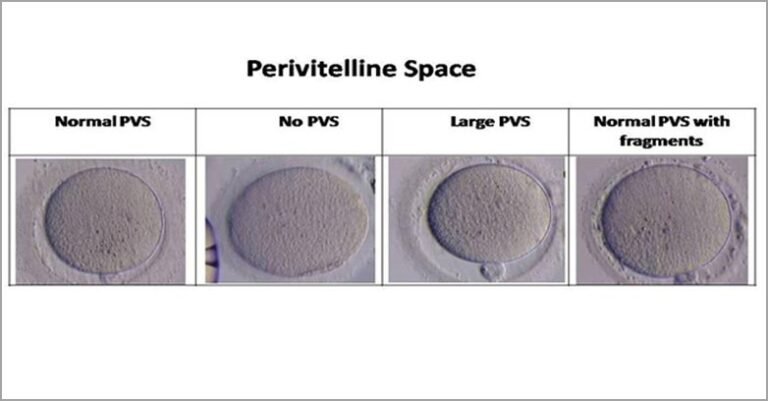
Understanding Oocyte Development and Grading
An oocyte is a female gamete which is involved in reproduction. It is one of the largest cells in the body 120 microns in diameter and develops in the ovarian follicle during oogenesis. On the basis of oocyte grading we can find the ideal oocyte for fertilization. While Oocyte Pickup, on the basis of cumulus we can get an idea of oocyte maturity.
- Immature – The immature oocytes are Germinal Vesicle and they have tightly packed corona cells with little cumulus.
- Intermediate– The nuclear maturity of these oocytes is Metaphase I. The corona and cumulus cells are tightly packed.
- Mature- These oocyte are at Metaphase II stage and they appear like sunburst of corona cells with expanded and abundant cumulus.
- Postmature– These types of oocytes are mature ones which have dark Cumulus oocyte complex. In which corona cells begin to degenerate.
On denudation of cumulus–corona cells, we can better appreciate the maturity and morphology of oocyte before fertilization. Below given picture can give you an idea about the oocytes maturity.
- Germinal vesicle: has a visible intracytoplasmic nucleus. Metaphase I oocyte neither has Germinal Vesicle nor polar body. Metaphase II stage when it has a visible polar body.
We can grade the oocytes by looking at its Zona Pellucida, perivitelline space (PVS ) shape, polar body (PB) morphology , Ooplasm characteristics.
- Zona Pellucida: The Zona Pellucida is the outer layer of oocyte .The normal thickness of ZP is 17-18 microns. If the thickness of Zona is greater than normal then after ICSI Laser Assisted hatching (LAH) is required. If thickness is very low then there is a chance of early hatching or damage can cause to oocyte while doing denudation. The alterations in Zona Pellucida appearance could be caused by secretion problems of the glycoprotein matrix.

| Zona Pellucida Assessment | Explanation |
| Normal | Thickness of 17-18 microns with even surface |
| Thin | If the Zona pellucida is less than normal |
| Thick | If Zona pellucida is more than 25 microns |
| Abnormal | If the shape of Zona pellucida is irregular |
- Perivitelline Space: This is the space between Zona and oolemma membrane known as PV space. We can see a polar body in this space. Sometimes it is large in size or may be absent.

| Perivitelline Space Assessment | Explantion |
| Normal | The Ooplasm is slightly away from the ZP in the surrounding area of the polar body |
| Large | the Ooplasm is away from the ZP leaving a large space around the cytoplasm |
| Fragmented | Fragments and debris |
- Polar Body: The polar body should single and round in shape and in total 5% of the cell volume.
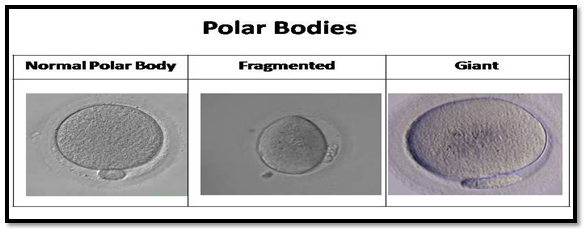
| Polar body Assessment | Explanation |
| Normal | Ovoid & round in shape, with 5% of cell volume. |
| Fragmented | Polar body is irregular and dissociating into small fragments |
| Giant | Large in size |
- Ooplasm: The Ooplasm is the cytoplasm of egg. Sometimes it has some inclusions and clusters which can be graded to get the best oocyte.
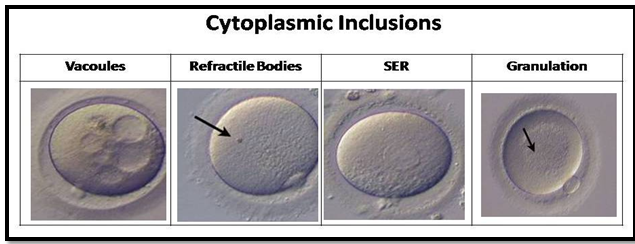
| Cytoplasmic Inclusions | Explanation |
| Vacuoles | These are fluid filled bodies. Appears as a vesicle in the cytoplasm. They can be single or abundant. |
| Refractile Bodies | Appears like dark dots of diverse sizes (lipofucsin) |
| Smooth Endoplasmic reticulum | Appears as a flat elliptical disk |
| Granulation | Uneven patches of granules in the Ooplasm |
From such assessment we can only find the ideal oocyte for fertilization. But these parameters are still controversial for embryo development and implantation. Like abnormal Zona Pellucida, Perivitelline space fragments, size and morphology are still controversial. But the presence of inclusions bodies like vacuoles, Refractile bodies , SER in large number can be detrimental.





